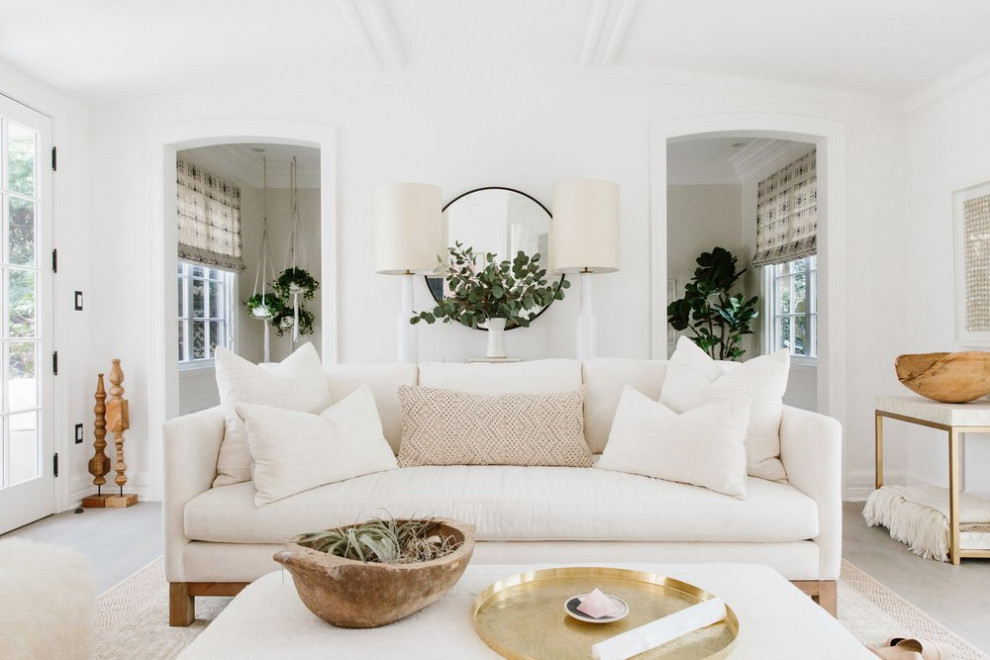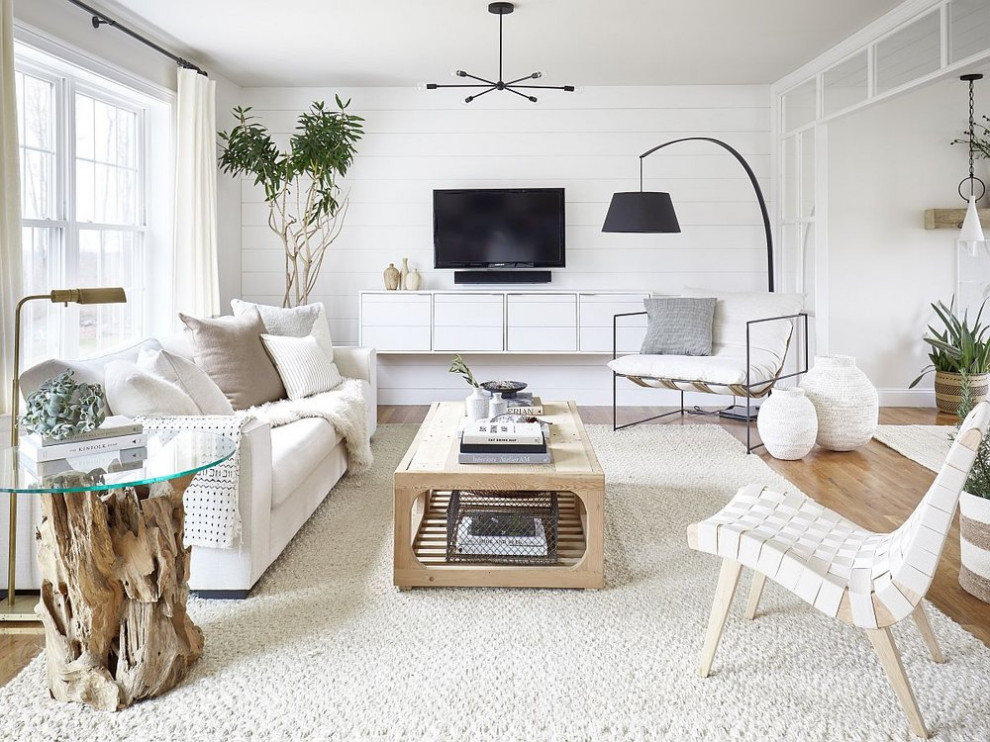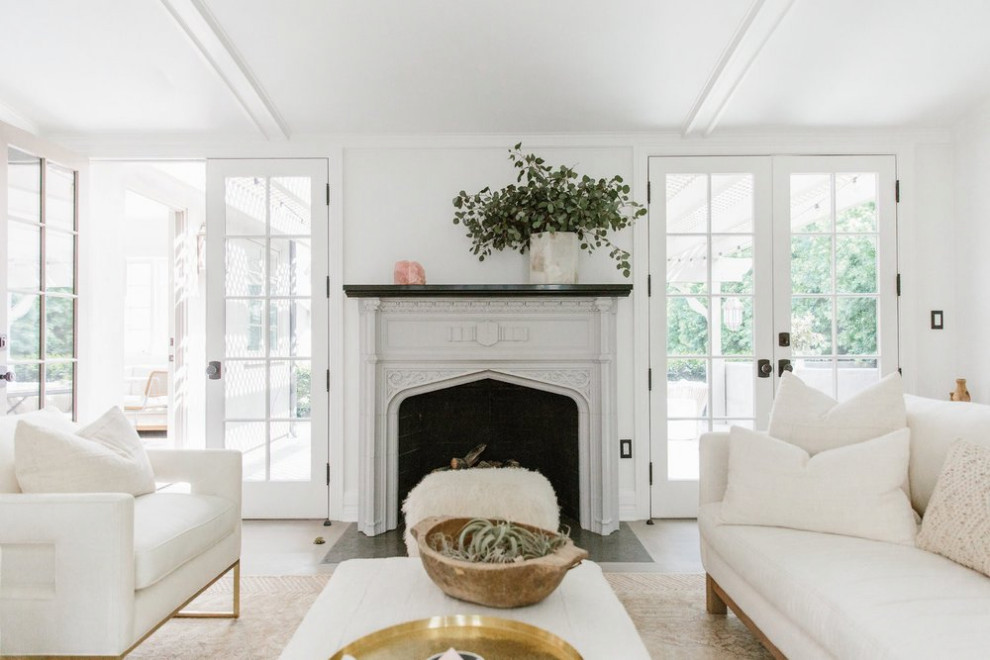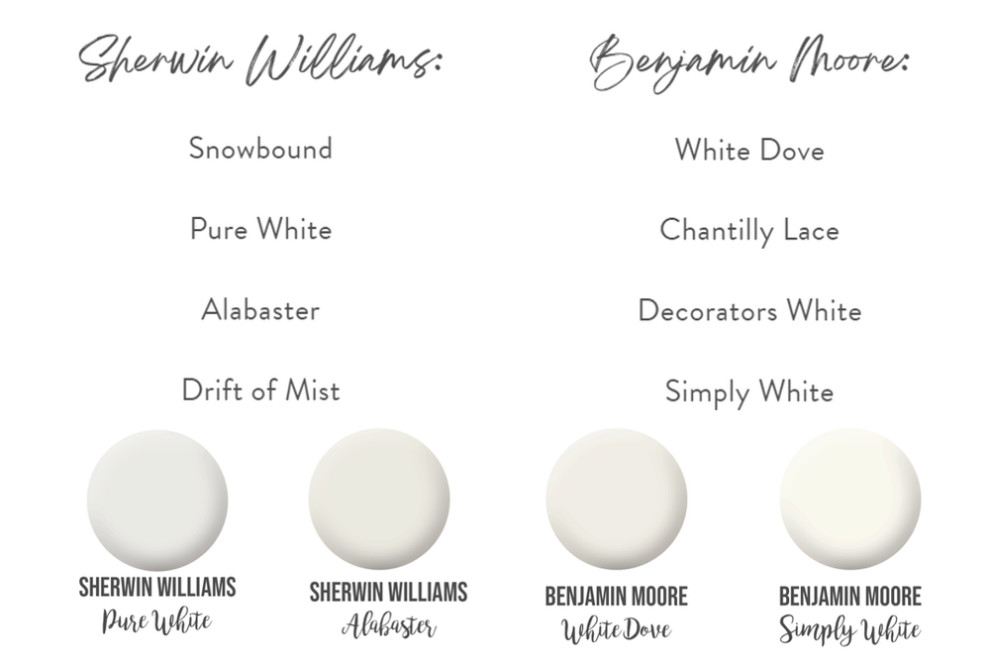Shades of White

Are you one of the countless people who have moved during the pandemic? Well you are not alone! According to studies, about 8.93 million people in the US have moved homes since the start of the Covid-19 in 2020. That’s alot of new homes to decorate! And one of the first things you do when you move into a new home is decide on paint colors. This doesn’t have to be a painstaking task…it’s actually quite fun and there’s some simple ways to make sure you choose the perfect color especially when it comes to shades of white!
The color white has many nuances and undertones. White isn’t just white: it’s pure white, off-white, or simply white, to name a few. Of course, there are different finishes as well as figuring out how it will mesh with a room’s natural sunlight and artificial glow. That’s why we want to share some tips like determining your undertone color, how exposure and natural light affect a room, and some of our top picks for shades of white of course!
Determine your undertone color

The first step is to determine whether you’re going to stick with warm white or cool white. Warm whites have an undertone color of yellow, orange, and red, and cool whites have an undertone of blue, green, and purple. Warm whites will be easier to blend with cream and beige, and white cool whites will mix best with shades of gray. Whichever undertone you choose, be sure to stick with it throughout your space. If you’re unsure about the undertone of something, hold it up to a swatch of pure white.
If you’re working with warm whites, then you’ve got to mix white and cream! You might think they don’t go together, but they do! Shades of cream will help warm up the whites in your space while keeping it light and bright. Plus, it’ll also bring in some subtle variation. Make sure to repeat the same tones of white throughout your space. From the big pieces of furniture down to small decorative accents, this will help keep it looking cohesive. The key to keep it interesting is to make sure you use different textures. Don’t be afraid to blend all types of leathers, linens, cotton, velvets, and other fabrics.
Pick your paint color last! Long story short- you can get any color of paint, but when you’re shopping for furniture, you’ll notice that your upholstery options are somewhat limited, so pick those first! There will always be a paint color that’ll go with it because you can bring in a sample swatch of the color you want to match, and they’ll custom mix some for you. Be sure to get samples first, of course.
There’s just something so heavenly about an all-white room. The simplicity of a white room is so relaxing and refreshing. Don’t worry, you can make it pop so it’s not boring! Add a pop of black and/or wood to balance and ground the space. Think about using black and wood accents with small decorative objects, lamps, hardware, picture frames, or with the legs of furniture.
Exposures and Natural Light

North-facing Rooms
North-facing rooms have a gray light coming in that has a subtle hint of blue in it. This means that it’s a cool light. It can be slightly easier to pick paint colors for north-facing rooms as the light is more consistent throughout the day. North-facing rooms can still be bright if there are enough windows, but bright doesn’t mean warm. These rooms will also have fewer shadows to contend with compared to south/east/west. Painting a north-facing room a warm neutral or warm white can help to balance out the cool light coming in.
East-facing Rooms
East-facing rooms have a soft, bright light in the morning that is slightly warm, but nothing like afternoon western light. As the day progresses, eastern light gets whiter and brighter until noon and can wash out paint colors at the height of the day. In the afternoon, east-facing rooms become more gray and subdued, acting a bit more like north-facing rooms, but maybe not as bright. East-facing rooms often do better with slightly warmer colors.
South-facing Rooms
South-facing rooms have a warm, yellow-toned light coming in. This light gets warmer/hotter closer to the evening. South-facing rooms can make paint colors look washed-out in the middle of the day and can create more shadows. Painting a south-facing room a warm color will increase the visual warmth of the space. If you paint a south-facing room a gray or cool white, it can help to balance out the warm sunshine coming in the windows.
West-facing Rooms
West-facing rooms tend to be a bit flat and gray in the morning hours, but once noon hits, things start to lighten and brighten. As the afternoon progresses, the light coming in appears warmer and warmer as the sun gets closer to setting, becoming much warmer in mid/late afternoon. West-facing rooms can handle both slightly warm and cool colors, keeping in mind that in the afternoon, super warm colors will only increase in intensity.
Rooms with 2 or 3 Exposures
If you have a room with 2 or 3 exposures, it’s actually not a bad thing! When you have only 1 exposure, you are 100% reliant on that particular light throughout the day, whereas multiple exposures can offer some balance to the more extreme ends like extreme north/south. In rooms with multiple exposures, things get tricky to explain as it can depend a lot on which windows are larger and if there is any shrubbery/grass/patio overhang or any other exterior influences that could block the light. In general, if you have 2 or more exposure and one of those is either north or south (meaning the others are east or west), you will likely want to focus on the north/south as they tend to the more dominant lights. If you have an east-west, I would lean toward the warmer end (humor the eastern side) more than the western. If you have north/south, this is the best mix as you can look at both north and south-facing color options to see which ones best suit your tastes and the interior of your home!

Our Top Picks!

With Love….XOXO S.T.Y.L.E Nation!
